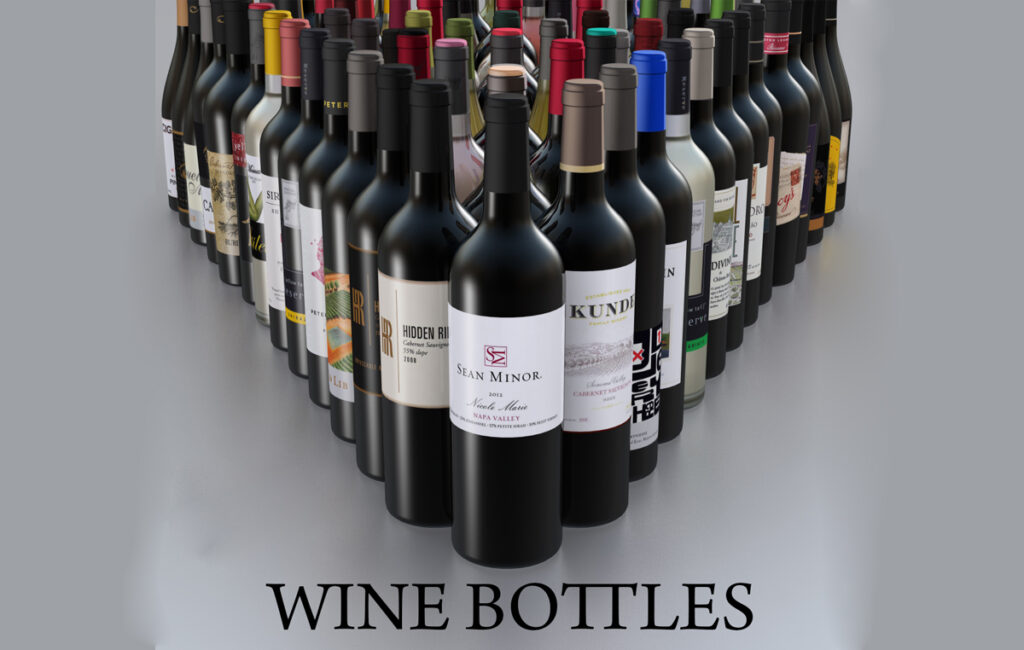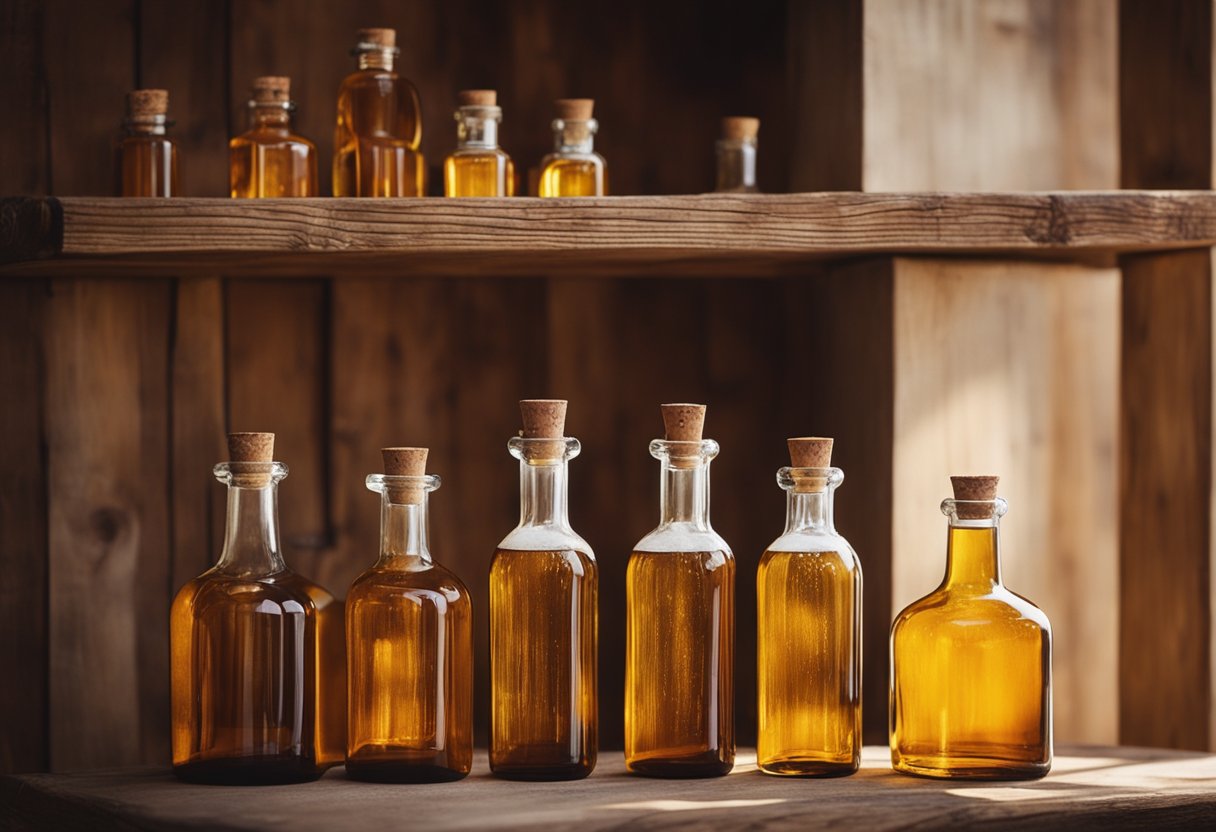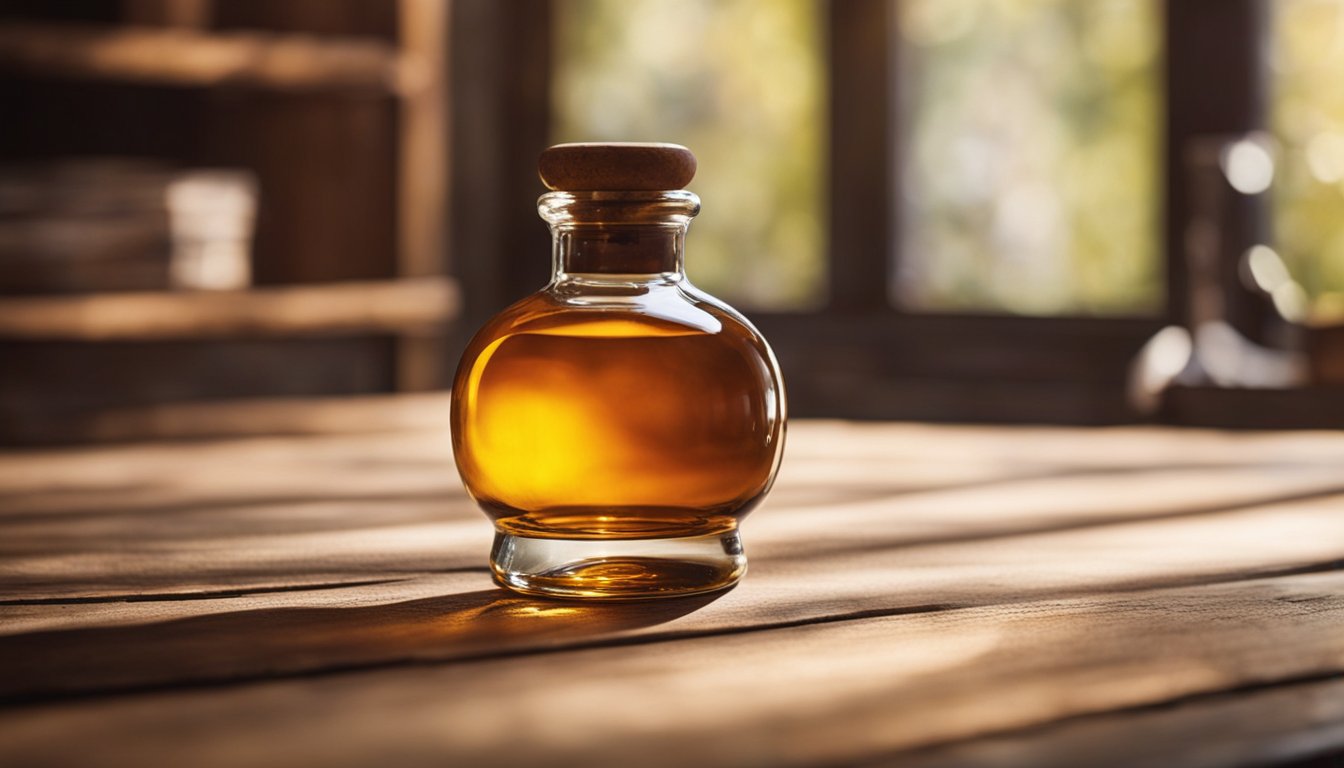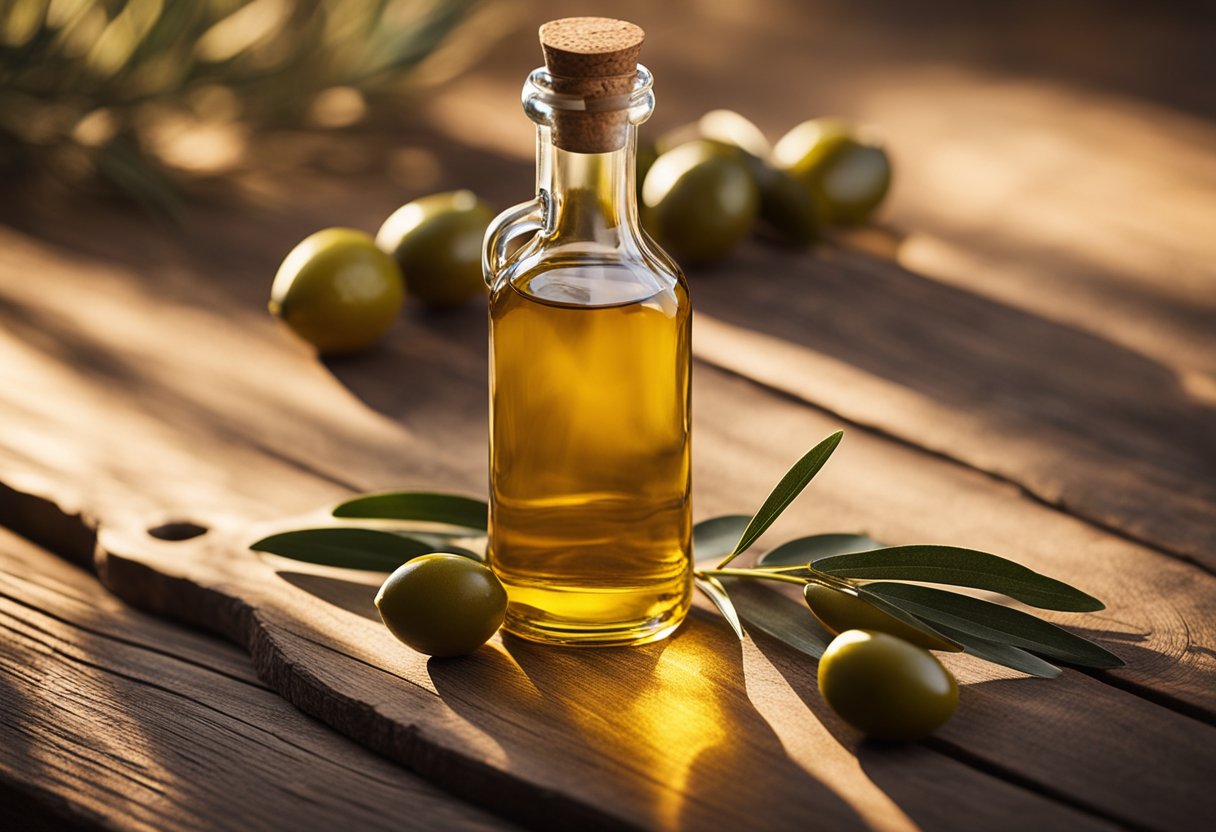
Wine is a beloved alcoholic beverage all over the world, and it’s no surprise that many of us love to enjoy a glass or two! But how many glasses of wine are in a bottle? This is a common question that many of us have, especially when we’re trying to figure out how much to buy for a special occasion. The answer is not a simple one, as it depends on the size of the bottle and the size of the glasses. However, there are some guidelines that can help us determine how many glasses of wine can be poured from a bottle. In this article, we’ll explore the different bottle sizes and glass sizes, and provide a general estimate of how many glasses can be poured from a bottle of wine. So, if you’re curious about how many glasses of wine in a bottle, read on!
Overview of bottle and glass sizes

Before we can determine how many glasses of wine are in a bottle, we first need to understand the different bottle and glass sizes. Let’s start with the bottle. Generally, bottles of wine can be broken down into three categories – standard bottles, magnum bottles, and jeroboam bottles. – Standard bottles are the smallest, holding around 750 ml of wine. Standard bottles are the most common size, and are often found at restaurants or bars that serve wine by the glass. – Magnum bottles are around double the standard size, or around 1.5 liters of wine. If a bottle of wine is referred to as a magnum, it’s likely because it was initially filled at a standard level and then over-expanded due to the pressure inside the bottle when it was first sealed. – Jeroboam bottles are the largest size, containing 3 liters of wine. – The glass sizes are also different, with most wine glasses holding around 16 fluid ounces, while larger wine glasses can hold around 25 fluid ounces.
How to estimate how many glasses of wine are in a bottle
So now that we know the different bottle and glass sizes, let’s use that information to estimate how many glasses of wine are in a bottle. First, we need to know the bottle size and glass size. Let’s say we have a standard bottle of wine (750 ml) and a 16-fluid-ounce wine glass. This means that we will be able to pour 5 glasses from a standard bottle of wine, due to the fact that 16 fluid ounces is equivalent to around 1.5 liters of wine. If we have a magnum bottle (1.5 liters) and a 16-fluid-ounce glass, we will be able to pour around 10 glasses from a magnum bottle due to the fact that 16 fluid ounces is approximately double the standard bottle size. And finally, if we have a jeroboam bottle (3 liters) and a 25-fluid-ounce glass, we will be able to pour around 20 glasses from a jeroboam bottle due to the fact that 25 fluid ounces is approximately double the standard bottle size.
Common bottle sizes
Though we’ve covered the basic bottle sizes above, let’s take a look at the standard bottle sizes and their volumes. – Standard: 750 ml – 5 glasses of wine – Magnum: 1.5 liters – 10 glasses of wine – Jeroboam: 3 liters – 20 glasses of wine
Common glass sizes
Now let’s take a look at the common glass sizes and their volumes. – Champagne flute: 8 fluid ounces – 2.5 glasses of wine – Cabernet sauvignon: 14 fluid ounces – 4 glasses of wine – Burgundy wine: 20 fluid ounces – 5.5 glasses of wine – Riesling wine: 26 fluid ounces – 7.5 glasses of wine – Standard red wine: 16 fluid ounces – 5 glasses of wine – Standard white wine: 14 fluid ounces – 4 glasses of wine – Standard dessert wine: 10 fluid ounces – 2.5 glasses of wine – Standard port wine: 8 fluid ounces – 2 glasses of wine
Estimating the number of glasses of wine in a bottle
Now that we know how to estimate the number of glasses of wine in a bottle, let’s try it with some popular bottle sizes. For example, a standard bottle of wine (750 ml) will result in 5 glasses, a magnum bottle (1.5 liters) will result in 10 glasses, and a jeroboam bottle (3 liters) will result in 20 glasses of wine. For each of these bottle sizes, we know the number of glasses that can be poured from the bottle. However, there is another important factor to keep in mind when pouring wine – the amount of wine left in the bottle after pouring. If a bottle is almost empty, it means you will be pouring less wine than if it is nearly full. Therefore, it is a good idea to pour the amount of wine you expect to finish, as opposed to over-pouring and ending up with a nearly empty bottle in the end.
Tips for storing and serving wine
Now that we know how many glasses of wine are in a bottle, let’s discuss how to store and serve wine to get the most out of each bottle. When storing wine, it’s important to keep it at the right temperature and humidity, as this can affect the taste of the wine over time. You should also make sure to store wine in a dark place away from strong odors that may affect the taste. While serving wine, you should always keep in mind the type of wine you are pouring, as well as the serving temperature. If you are unsure what to serve, you can always ask the server at your local bar or restaurant for recommendations. It’s also important to note that wine can be affected by the glasses in which you pour it. Therefore, it’s a good idea to use glasses made of lead-free crystal that are designed for wine, as these are designed to protect and preserve the taste of the wine. Finally, when it comes to pouring wine, always hold the bottle at a slight angle and pour the wine into the edge of the glass. This will help prevent the wine from going cloudy.
Conclusion
Now that we know how many glasses of wine are in a bottle, and how to store and serve wine, we can enjoy it to the fullest! With this knowledge, you’ll be able to pick out a bottle of wine for any occasion, or pour the perfect glass for any guest. So, whether you’re hosting a party, celebrating an occasion, or just enjoying a drink after a long day, you’ll have everything you need to make it a success.













